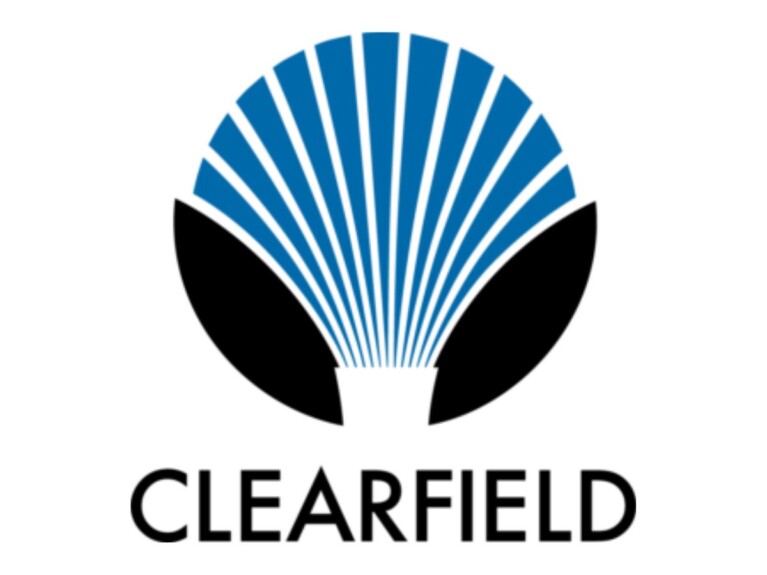FFB Week 42 – A Turning Point for Broadband Growth
A Turning Point for Broadband Growth
The week’s Fiber for Breakfast featured Jeff Heynen, Vice President of Broadband Access and Home Networking at Dell’Oro Group, who joined Gary Bolton to unpack Dell’Oro’s newly released 5-Year Broadband Access and Home Networking Forecast. The report shows global broadband access equipment revenues rising through 2029, with growth peaking in 2028, a sign of both opportunity and transformation across the industry.
Heynen noted that the North American broadband market is changing quickly as providers consolidate and continue the shift from legacy networks to fiber. “Fiber broadband services generally always carry higher APRU relative to other technologies. It’s viewed as a premium technology, and customers are very willing to pay for that premium level of service,” he said. Companies like AT&T are fully decommissioning copper networks in an effort that could save billions in operational costs while boosting efficiency and sustainability. Fiber’s reliability and premium service quality continue to drive higher average revenue per user (ARPU) and strengthen its long-term position.
Fixed wireless access (FWA) also remains resilient. “Fixed wireless access continues to show really no signs of stopping. Just as subscriber growth at T-Mobile begins to moderate, Verizon picks up the pace, and AT&T is now doing the same,” Heynen added. Despite early concerns about spectrum limitations, slowing mobile data growth has allowed carriers like Verizon and AT&T to expand availability and grow their subscriber base. Together, fiber and FWA are eroding cable’s long-held market share. By 2029, Dell’Oro expects fiber to reach 29% of residential broadband subscribers, FWA to 16%, and cable to decline to about 51%.
After two years of inventory slowdowns, operators are resuming purchases of optical line terminals (OLTs) to support new builds and upgrades from GPON to XGS-PON, now the dominant fiber technology in North America. Some providers are already moving to 25G-PON to future-proof networks and deliver faster symmetrical speeds. On the cable side, DOCSIS 4.0 investments are just starting to ramp up, with significant outside-plant spending is expected from 2026 to 2028 as operators modernize their networks to stay competitive.
As broadband speeds rise, in-home connectivity becomes the next challenge. Dell’Oro projects strong growth for Wi-Fi 7 devices—particularly mesh routers designed for high-speed, low-latency applications. Early adoption has started in China and Europe, with North American operators expected to follow. Looking ahead, Heynen said Wi-Fi 8 chipsets could begin shipping by 2029, continuing the rapid pace of innovation in home networking.
Heynen closed by noting that the next five years will redefine how broadband providers compete. From AI-driven automation to growing focus on service quality over “homes passed,” fiber’s continued expansion, the staying power of fixed wireless, and advancements in home connectivity will shape how the industry evolves for the next decade.
Click here to watch the full interview.




